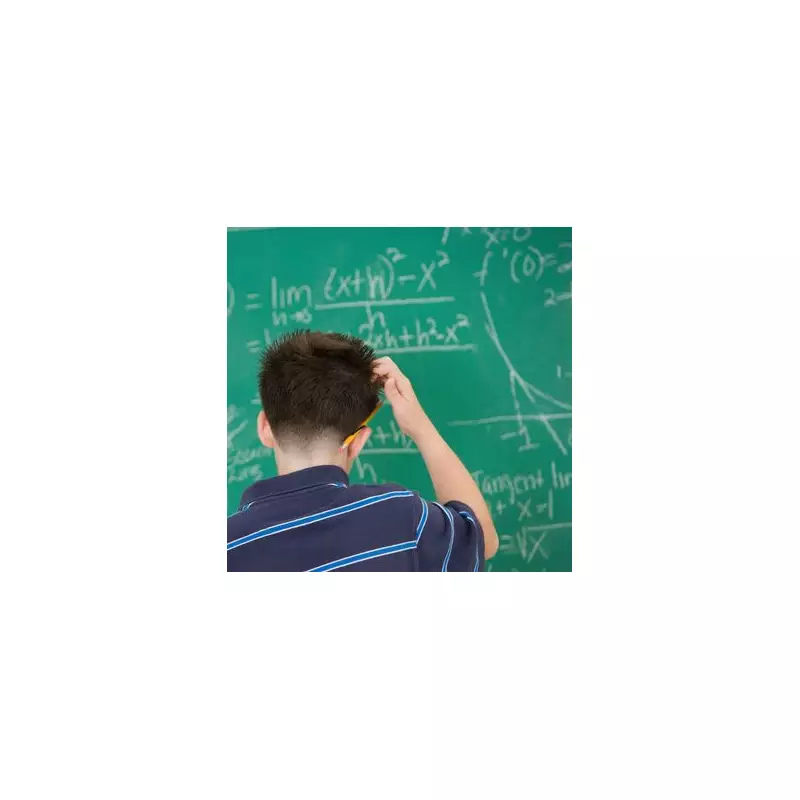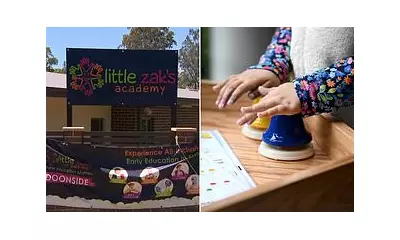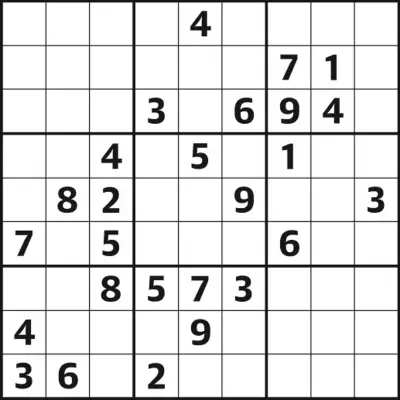
Mathematics teachers across Britain are buzzing about an ancient Japanese multiplication method that's transforming how students approach complex calculations. This visual technique, which has recently gone viral on social media, eliminates the need for traditional times tables and makes solving difficult sums remarkably straightforward.
The Visual Maths Revolution
Unlike conventional multiplication methods that rely on memorisation and complex steps, this Japanese approach uses simple lines and intersection points to reveal the answer. The method works by drawing parallel lines to represent each digit of the numbers being multiplied, then counting where the lines cross to generate the solution.
How This Clever Technique Works
For example, to multiply 21 by 13, you would draw two parallel lines (representing the 2 in 21), a space, then one parallel line (representing the 1). Then draw one line crossing them (for the 1 in 13), a space, and three crossing lines (for the 3). By counting the intersection points in each section, the answer of 273 magically appears.
Why This Method Is Capturing Attention
Educational experts believe this technique could be particularly beneficial for visual learners and children who struggle with traditional multiplication. The method provides a concrete, visual representation of what multiplication actually means, rather than relying on abstract memorisation.
Parents and teachers sharing the technique online report that children who previously found maths challenging are now excited to solve problems using this innovative approach. The method works for numbers of any size, making it practical for both simple classroom exercises and more complex calculations.
The Broader Impact on Maths Education
This isn't just a party trick - educators are recognising genuine pedagogical value in introducing alternative calculation methods. By demonstrating that mathematics can be approached from multiple angles, students develop more flexible thinking and deeper understanding of numerical relationships.
As one maths teacher commented, "When children see that there are different ways to reach the same answer, it reduces maths anxiety and builds confidence. This Japanese method particularly helps students who need to 'see' the maths to understand it."
The technique's viral spread demonstrates a growing appetite for alternative educational approaches that make learning more accessible and engaging for all types of learners.





